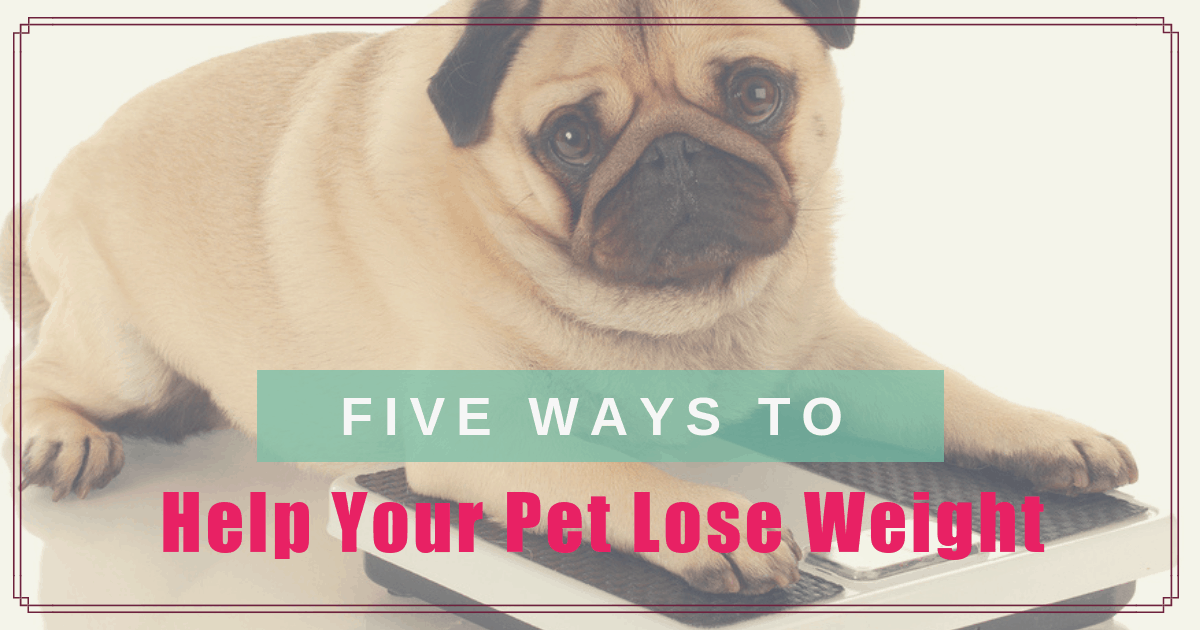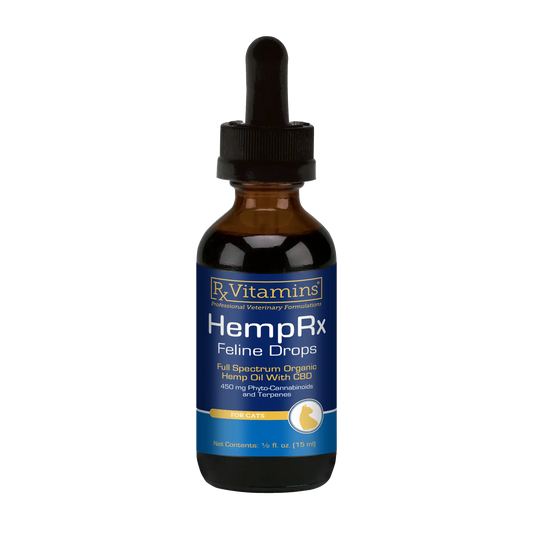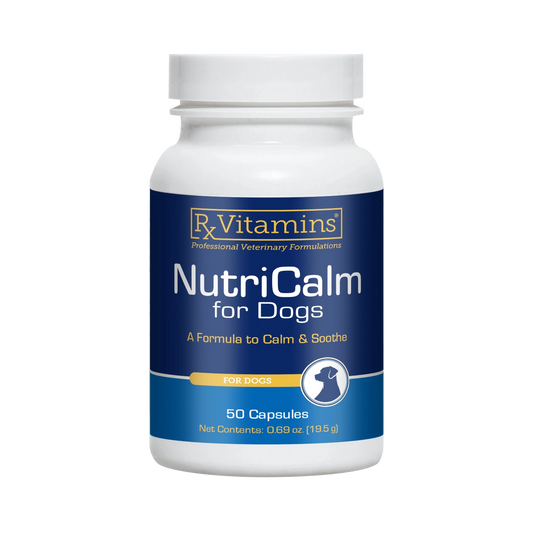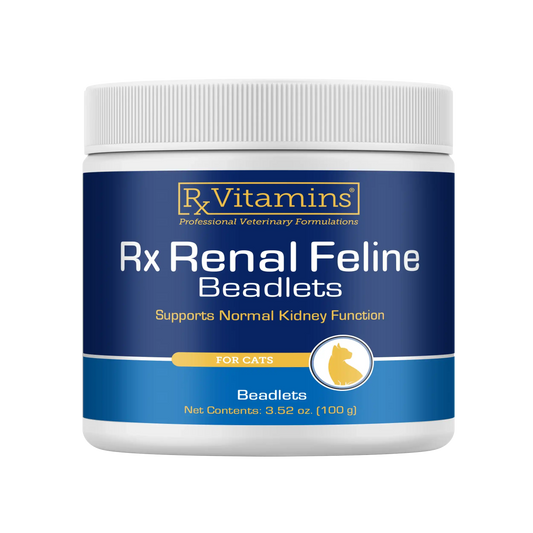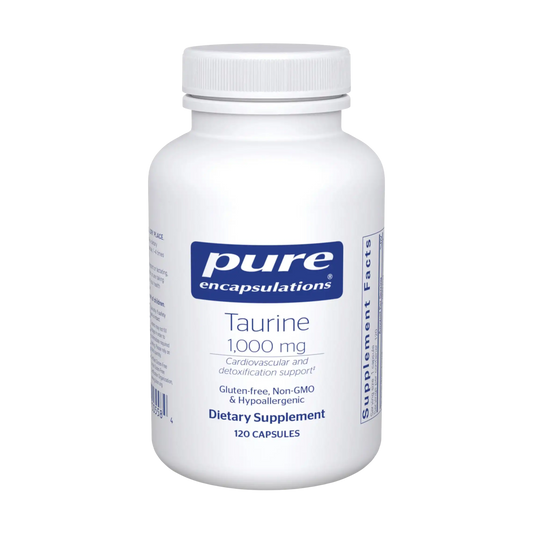I see overweight dogs and cats every day in my practice. Many pet parents don’t realize their dog or cat has become overweight. The best way to know if your pet is overweight is by having your veterinarian evaluate your pet’s body condition or refer to this chart for both cats and dogs.
Generally speaking, we spay/neuter our animals and then keep them primarily indoors. These two things alone set our pets up for being slightly overweight. So, how do we overcome this?
Here is my simple guide to keeping your animal’s weight in a perfect range
- Diet. This is the most obvious and should be considered first.
Cats. A low carbohydrate, high protein diet will keep these guys lean. Using a high quality, grain free canned or raw diet are generally the best guidelines. Even a small amount of kibble can keep your cat overweight. It is very, very rare for a cat to be overweight on a solely canned or raw food diet.
Dogs. The guidelines for dogs are not as simple as cats. Some dogs do quite well on a moderate carbohydrate diet that includes some grains (gluten free). It is important to adjust the quantity of your dog’s food according to their activity level. For example, my dog is much more active in the warmer months and therefore I feed him more. In the winter, he tends to be less active and I reduce the amount of food I feed him. Remember grain free foods often have more calories per cup, so remember to feed less when switching diets.
- Treats. This is where so many cats and dogs gain a little extra weight. Food is love and treats are fun. Keep track of how many treats you are giving throughout the day. If it is more than 10% of their diet, you are overdoing it.
- Exercise. This is obviously more straightforward with dogs compared to cats.
Walking a dog for 30 minutes per day can revolutionize their body structure. Not only can 30 minutes per day help keep them slim, it is also good for their mental health as well. If you don’t have 30 minutes a day, do what you can.
Too often we look over our cat’s exercise needs. Playing with a toy before each meal can be helpful. I like Da’ Bird. Be patient when discovering how your cat likes to play. Not all cats like a toy on a string. Some may prefer a mouse with catnip or chasing game.
- Thyroid disease. This only applies to dogs, as cats RARELY get hypothyroid. Have your vet check your dog’s thyroid function every 6–12 months. It is important that they are checking a total T4 in conjunction with a free T4. Besides weight gain, hair loss, constipation and fatigue can all be signs of an underactive thyroid. If your dog is diagnosed with hypothyroidism, have your veterinarian test for autoantibodies. This is indicative of autoimmune disease and may change the way your veterinarian treats your dog in the future.
- Treat body pain. The pain of arthritis and other injuries can cause dogs and cats to stop moving as much and therefore gain weight. Using treatments such as massage, acupuncture and chiropractic can go a long way in relieving the pain and getting your pet moving.
As always, I would love to hear from you. Leave a comment below if you have any tips or tricks on keeping your pet slim.
With love,
Dr. Angie
